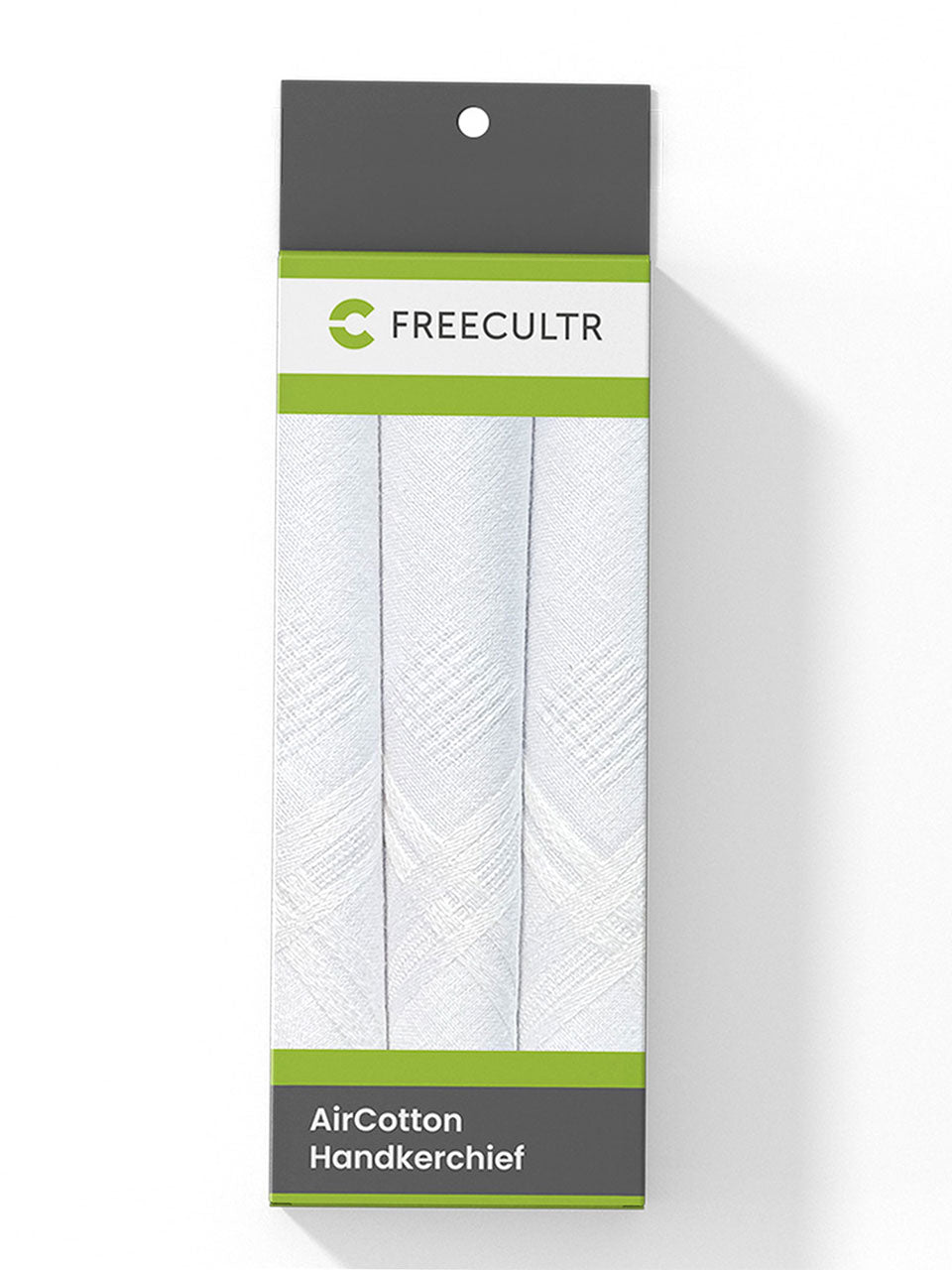Tired of swimwear that fades faster than your summer tan? Today's active man demands trunks that can keep up, whether conquering chlorine-soaked laps or battling blazing UV rays. We're diving deep into the tech driving the latest generation of men's trunks – specifically, the innovations in chlorine resistance and UPF protection. Think beyond basic fabrics; advancements in polymer blends and weaving techniques are creating swim apparel that not only lasts longer but also offers superior comfort and performance. For example, the increasing use of PBT polyester, known for its exceptional chlorine resilience, is replacing traditional elastane in high-performance trunks. Meanwhile, tighter weaves and specialized yarn treatments are significantly boosting UPF ratings, safeguarding your skin during outdoor activities. Let's explore how these developments translate into smarter, more durable swimwear choices.

Understanding Chlorine Resistance in Swim Trunks
Chlorine, a powerful disinfectant, is a staple in swimming pools worldwide. While essential for hygiene, it can wreak havoc on swimwear. Understanding how chlorine affects fabrics and what makes a trunk "chlorine resistant" is crucial for longevity and maintaining the aesthetic appeal of your swim trunks.
How Chlorine Damages Fabrics:
- Fiber Degradation: Chlorine breaks down the fibers of many common swimwear fabrics, like spandex and nylon. This leads to loss of elasticity, sagging. A generally worn-out appearance.
- Color Fading: Chlorine is a bleaching agent. Prolonged exposure causes vibrant colors to fade, leaving trunks looking dull and washed out.
- Weakened Seams: Chlorine can also weaken the threads used in seams, leading to premature tearing and separation.
What Makes a Trunk Chlorine Resistant?
Chlorine-resistant swim trunks are made from fabrics specifically designed to withstand the damaging effects of chlorine. Key materials include:
- Polyester: Polyester is inherently more resistant to chlorine than nylon or spandex. It's a durable, colorfast. Relatively inexpensive option.
- PBT (Polybutylene Terephthalate): PBT is a type of polyester that offers even greater chlorine resistance. It's often blended with polyester or used as a lining to protect more vulnerable fabrics.
- Specialized Elastic Fibers: Some manufacturers use specialized elastic fibers, like XLA, which are more resistant to chlorine degradation than traditional spandex.
The construction of the trunk also plays a role. Look for reinforced seams and durable linings to further enhance chlorine resistance.
The Importance of UPF Protection in Swim Trunks
While swimming, your skin is exposed to harmful ultraviolet (UV) radiation from the sun, often for extended periods. Swim trunks with Ultraviolet Protection Factor (UPF) offer a crucial layer of defense against sun damage.
What is UPF?
UPF stands for Ultraviolet Protection Factor. It indicates how much UV radiation a fabric blocks. For example, a UPF rating of 50 means the fabric blocks 98% of UV rays, allowing only 2% to penetrate. Unlike SPF (Sun Protection Factor), which measures protection against UVB rays only, UPF measures protection against both UVA and UVB rays.
Why is UPF Protection crucial?
- Reduces Sunburn Risk: Prolonged sun exposure without protection can lead to sunburn, increasing the risk of skin damage and discomfort.
- Protects Against Premature Aging: UV radiation is a major contributor to premature aging, causing wrinkles, sunspots. Loss of skin elasticity.
- Lowers Skin Cancer Risk: Cumulative sun exposure significantly increases the risk of skin cancer. UPF-rated swim trunks help protect areas covered by the fabric, reducing this risk.
Factors Affecting UPF Rating:
- Fabric Type: Tightly woven fabrics, like polyester and nylon, generally offer better UPF protection than loosely woven fabrics.
- Color: Darker colors absorb more UV radiation than lighter colors, providing better protection.
- Stretch: Stretched fabrics tend to have lower UPF ratings as the fibers become more spread out, allowing more UV radiation to penetrate.
- Wetness: Some fabrics lose UPF protection when wet. Look for trunks specifically designed to maintain their UPF rating when wet.
Choosing UPF-Rated Swim Trunks:
When selecting swim trunks for UPF protection, look for a UPF rating of 30 or higher. Remember that UPF protection only applies to the areas covered by the fabric. It's still essential to apply sunscreen to exposed skin, such as your legs and torso.
Comparing Fabrics for Chlorine Resistance and UPF Protection
Choosing the right fabric is essential for swim trunks that offer both chlorine resistance and UPF protection. Here's a comparison of common swimwear fabrics:
| Fabric | Chlorine Resistance | UPF Protection | Pros | Cons |
|---|---|---|---|---|
| Polyester | Good | Good | Durable, colorfast, relatively inexpensive, good UPF protection. | Can feel less soft than other fabrics. |
| PBT (Polybutylene Terephthalate) | Excellent | Good | Highly chlorine resistant, holds its shape well. | Can be more expensive than polyester. |
| Nylon | Poor | Fair | Soft, comfortable, good stretch. | Breaks down quickly in chlorine, lower UPF protection. |
| Spandex (Elastane) | Poor | Poor | Excellent stretch and recovery. | Highly susceptible to chlorine damage, offers little UPF protection. |
| Polyester/Spandex Blend | Fair to Good | Fair to Good | Combines the durability of polyester with the stretch of spandex. | Chlorine resistance and UPF protection depend on the blend ratio. |
Recommendations:
- For maximum chlorine resistance, choose trunks made from 100% polyester or a polyester/PBT blend.
- For reliable UPF protection, select tightly woven fabrics with a UPF rating of 30 or higher. Darker colors generally offer better protection.
- Consider a polyester/spandex blend for a balance of durability, comfort. Stretch. Be aware that chlorine resistance may be reduced.
Real-World Applications and Use Cases
The benefits of chlorine-resistant and UPF-protected swim trunks extend to various activities and environments:
- Competitive Swimming: Competitive swimmers spend hours in chlorinated pools. Chlorine-resistant trunks are essential for maintaining performance and comfort over long training sessions.
- Recreational Swimming: Whether you're swimming laps at your local pool or enjoying a vacation at a resort, chlorine-resistant trunks will last longer and maintain their appearance.
- Water Parks: Water parks often use high levels of chlorine to maintain hygiene. Durable, chlorine-resistant trunks are a must for frequent visitors.
- Beach Activities: Even if you're swimming in the ocean, UPF-protected trunks offer valuable sun protection during beach activities like volleyball, surfing, or simply relaxing on the sand.
- Outdoor Water Sports: Activities like kayaking, paddleboarding. Jet skiing expose you to both chlorine (in some lakes and rivers) and intense sun. Trunks with both chlorine resistance and UPF protection are ideal for these situations.
Case Study: Lifeguard Uniforms
Lifeguards are constantly exposed to both chlorine and sunlight. Many lifeguard organizations require uniforms made from chlorine-resistant materials with UPF protection to ensure durability, comfort. Protection from the elements. These uniforms often feature a blend of polyester and PBT for optimal performance.
Caring for Your Chlorine-Resistant and UPF-Protected Swim Trunks
Proper care can significantly extend the lifespan of your swim trunks and maintain their protective properties.
Essential Care Tips:
- Rinse Immediately After Use: Rinse your trunks thoroughly with fresh, cool water after each swim to remove chlorine, salt water. Other chemicals.
- Hand Wash: Hand washing is gentler than machine washing and helps preserve the fabric's integrity. Use a mild detergent specifically designed for swimwear.
- Avoid Harsh Chemicals: Do not use bleach, fabric softeners, or harsh detergents, as these can damage the fabric and reduce chlorine resistance and UPF protection.
- Air Dry: Lay your trunks flat to dry in a shaded area. Avoid direct sunlight, which can fade colors and degrade the fabric. Do not tumble dry.
- Avoid Rough Surfaces: Be mindful of rough surfaces like pool decks and rocks, which can snag or abrade the fabric.
- Store Properly: Store your trunks in a cool, dry place away from direct sunlight and heat.
Additional Tips:
- Consider using a swimwear wash specifically formulated to neutralize chlorine and remove other contaminants.
- Rotate your swim trunks to allow them to fully dry between uses.
- Check the care label on your trunks for specific instructions from the manufacturer.
By following these care tips, you can keep your swim trunks looking and performing their best for years to come. You can enjoy the fashion & comfort of your swimwear for longer.
Conclusion
Investing in chlorine-resistant, UPF-protected trunks isn't just about buying swimwear; it's about investing in worry-free aquatic adventures for years to come. Think of it as future-proofing your fun! I remember ruining my favorite pair of trunks after just one season because I didn't consider the damaging effects of chlorine. Now, I always look for that chlorine-resistant label. Beyond the pool, those UPF benefits are a game-changer for beach days; consider them your wearable sunscreen, especially during peak sun hours. Don't just grab the first pair you see. Take the time to find a style that fits your personality and the activities you enjoy. Whether you are swimming in the ocean or at a pool, choosing good trunks will save you from future embarrassment. This summer, make a splash with confidence, knowing your trunks are ready for anything. Dive in and make some memories! Check out how chlorine-resistant swimwear works here.More Articles
Men's Trunks – Quick-Drying & All-Day ComfortMen's Trunks – Flexible Movement & Quick Drying
Bandana – Stylish Accessory & Sun Protection
Tees – Durable Material & Classic Design
FAQs
So, what exactly makes trunks chlorine-resistant? Is it like, magic?
Haha, no magic involved! Chlorine-resistant trunks are made with fabrics that are designed to hold up against chlorine's harsh effects. Think PBT, polyester, or blends that include these. These materials resist fading, stretching. Breakdown way better than regular swimsuit fabrics. It's a game-changer if you're a regular swimmer!
UPF protection... What's that all about. Do I really need it?
UPF stands for Ultraviolet Protection Factor. It's like sunscreen for your clothes! It measures how much UV radiation a fabric blocks. A UPF of 50, for example, means the fabric blocks 98% of UV rays. You definitely need it! Even on cloudy days, UV rays can damage your skin. Trunks with UPF help protect your lower body from sun exposure, which is always a good thing.
Will chlorine-resistant trunks last forever?
Okay, let's be realistic. While chlorine-resistant trunks are way tougher than standard ones, nothing lasts forever. With proper care (rinsing them after each swim, avoiding harsh detergents), they'll last significantly longer, often a few seasons. Eventually, they'll start to show wear and tear. Think of them as a good investment, not an immortal object.
Are these trunks just for swimming pools, or can I wear them at the beach too?
Absolutely! You can wear them anywhere you'd wear regular swim trunks. The chlorine resistance and UPF protection are benefits that work just as well at the beach as they do in the pool. Saltwater and sun can be just as damaging as chlorine, so you're covered on all fronts.
How do I wash these things to make them last as long as possible?
Good question! The key is to rinse them thoroughly with cool, fresh water after every swim. You can hand-wash them with a mild soap every now and then. Avoid harsh detergents, bleach. The washing machine if you can. Let them air dry, away from direct sunlight.
Do all chlorine-resistant trunks also have UPF protection? I'm guessing not...
You're right, not all chlorine-resistant trunks have UPF protection. Vice versa. It's something you'll need to check for specifically when you're buying them. Look for it in the product description or on the label.
Are there different levels of chlorine resistance? Like, some are 'more' resistant than others?
Yes, there are! The level of chlorine resistance often depends on the type of fabric used and the construction of the trunks. Generally, trunks made with 100% PBT polyester will be more chlorine-resistant than those with a blend. Check the fabric composition for clues.






